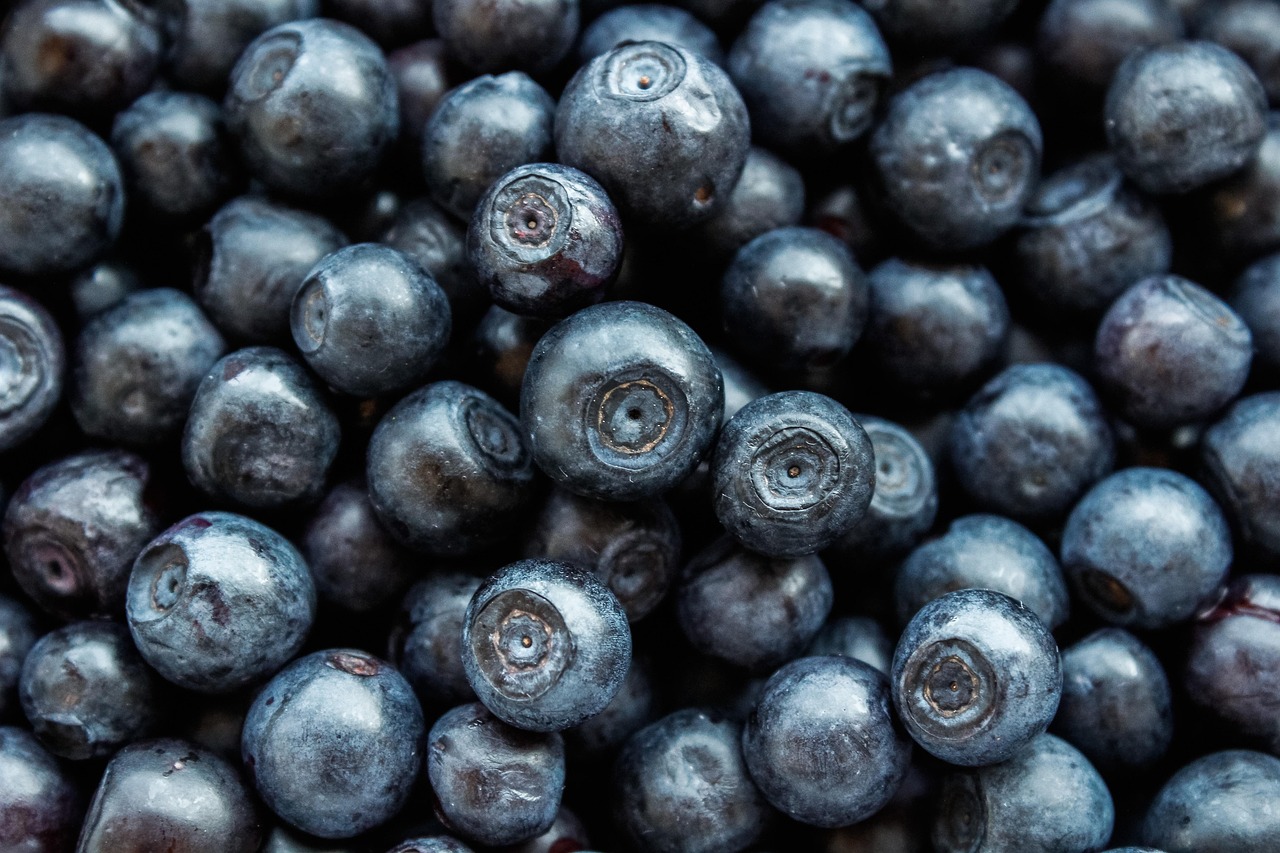“`html
In today’s health-conscious world, understanding nutrition facts has become more essential than ever. With countless diets, health trends, and wellness philosophies circulating, knowing what nutrients are present in the foods we consume can help make informed dietary choices. This blog post will explore the fundamental aspects of nutrition facts, how they influence our health, and why you should pay attention to them in your day-to-day life.
What Are Nutrition Facts?
Nutrition facts are detailed declarations found on food packaging that specify the nutritional content of a food item. These facts typically include energy value (calories), macronutrients (carbohydrates, proteins, and fats), micronutrients (vitamins and minerals), and other important components like added sugars and dietary fiber.
The Importance of Nutrition Facts
- Informed Choices: Nutrition facts empower consumers to choose healthier foods.
- Disease Prevention: Understanding nutrition can help prevent chronic diseases such as obesity, diabetes, and heart disease.
- Weight Management: Knowing calorie counts aids in maintaining or achieving a healthy weight.
- Dietary Needs: People with specific nutritional requirements can identify suitable food options.
Nutritional Components Explained
Each component listed on a nutrition label provides vital information about what you’re consuming. Here, we break down some of the key elements:
Calories
Calories measure the amount of energy food provides. Understanding calories is crucial for maintaining energy balance.
- Daily Value: An adult’s daily caloric intake varies based on age, sex, and activity level, but generally, it ranges from 1,600–2,400 calories.
Macronutrients
Macronutrients are the nutrients your body requires in larger amounts:
- Carbohydrates: The body’s primary energy source, found in grains, fruits, and vegetables.
- Proteins: Essential for growth and repair, located in meats, dairy, legumes, and nuts.
- Fats: Necessary for hormone production and nutrient absorption, found in oils, butter, and avocados.
Micronutrients
These nutrients, including vitamins and minerals, are necessary in smaller amounts but are crucial for various bodily functions. Common examples include:
- Vitamin A: Essential for vision and immune function.
- Calcium: Important for bone health.
- Iron: Necessary for oxygen transport in blood.
Reading Nutrition Labels: A Step-by-Step Guide
Knowing how to read and interpret nutrition labels is key to leveraging nutrition facts effectively. Here’s how to do it:
- Start with serving size: Check how many servings are in the package and what constitutes a single serving.
- Look for calories: Note how many calories are in one serving.
- Examine macronutrients: Pay attention to total fats, carbohydrates, and protein counts.
- Check for added sugars: Look for both natural and added sugars in the product.
- Note micronutrients: Ensure you’re getting essential vitamins and minerals as per your nutritional goals.
Tips for Optimizing Your Nutrition
Here are actionable strategies to make the most out of the nutrition facts provided on food labels:
- Plan Meals: Create weekly meal plans that incorporate a variety of nutrient-dense foods.
- Focus on Whole Foods: Choose unprocessed foods with fewer ingredients.
- Be Mindful of Portions: Stick to recommended serving sizes to avoid overeating.
- Stay Hydrated: Don’t forget that beverages also have nutrition facts — opt for low-calorie drinks.
Conclusion
Understanding nutrition facts is vital for anyone wanting to lead a healthier lifestyle. With the right knowledge, you can make informed choices that not only contribute to better health outcomes but also enhance your overall well-being. By focusing on the key components of nutrition labels, applying practical strategies to your daily eating habits, and recognizing the value of each food you consume, you can take control of your nutrition and pave the path to improved health. Embrace the power of nutrition facts — your body will thank you!
“`






